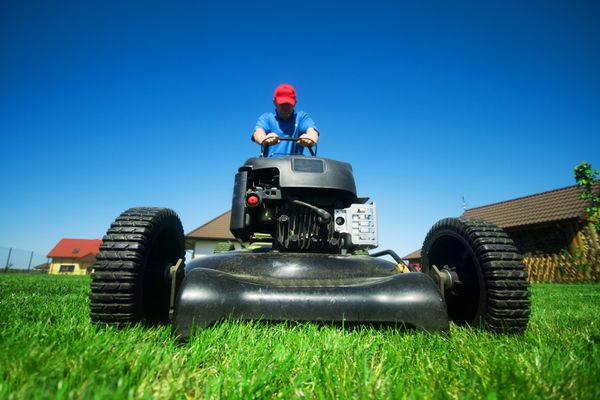Dethatching? You may not even know that your lawn has thatch, much less that the thatch might need to be removed.
If you have a healthy, established lawn, you probably have thatch. In fact, lush lawns that get a lot of attention -- watering, fertilizing and other forms of TLC -- are prone to thatch. You just don't see it. That's not bad, unless you have too much thatch. Then your lawn will stop being healthy.
Advertisement
Thatch develops after you've been tending the lawn a couple of years. It's the light brown layer that builds up between the soil and the green grass. It's made up of living, dead and decaying organic matter -- compressed roots, stems and runners. Despite what many people think, grass clippings don't cause thatch. They're mostly water, so they decay rapidly.
In moderation, thatch is a good thing. It makes the turf a little springy and comfortable to walk on. It can conserve water, protect the soil and help the lawn hold up better.
But when the organic matter between the green grass and the soil builds up faster than it decays, thatch becomes a problem. It may look somewhat harmless, but it can make it harder for grass roots to take hold in the soil. Excessive thatch could also become a breeding ground for pests and disease.
You may have too much thatch if your lawn:
- Feels spongy and soft
- Has dry spots despite watering
- Looks scalped, or brown, after mowing
- Is thinning and dying, despite fertilizing
You can measure thatch by sticking a wire or screwdriver into several spots in your lawn. When you hit soil, measure the amount of thatch between the soil and the green grass. Or, use a knife to cut a few small wedges out of your lawn. Then measure the distance between soil and grass. If you have more than one-half inch (1.27 centimeters) of thatch, you need to get busy.
If you must dethatch, make sure you do it right. Read on for tips on dethatching.




